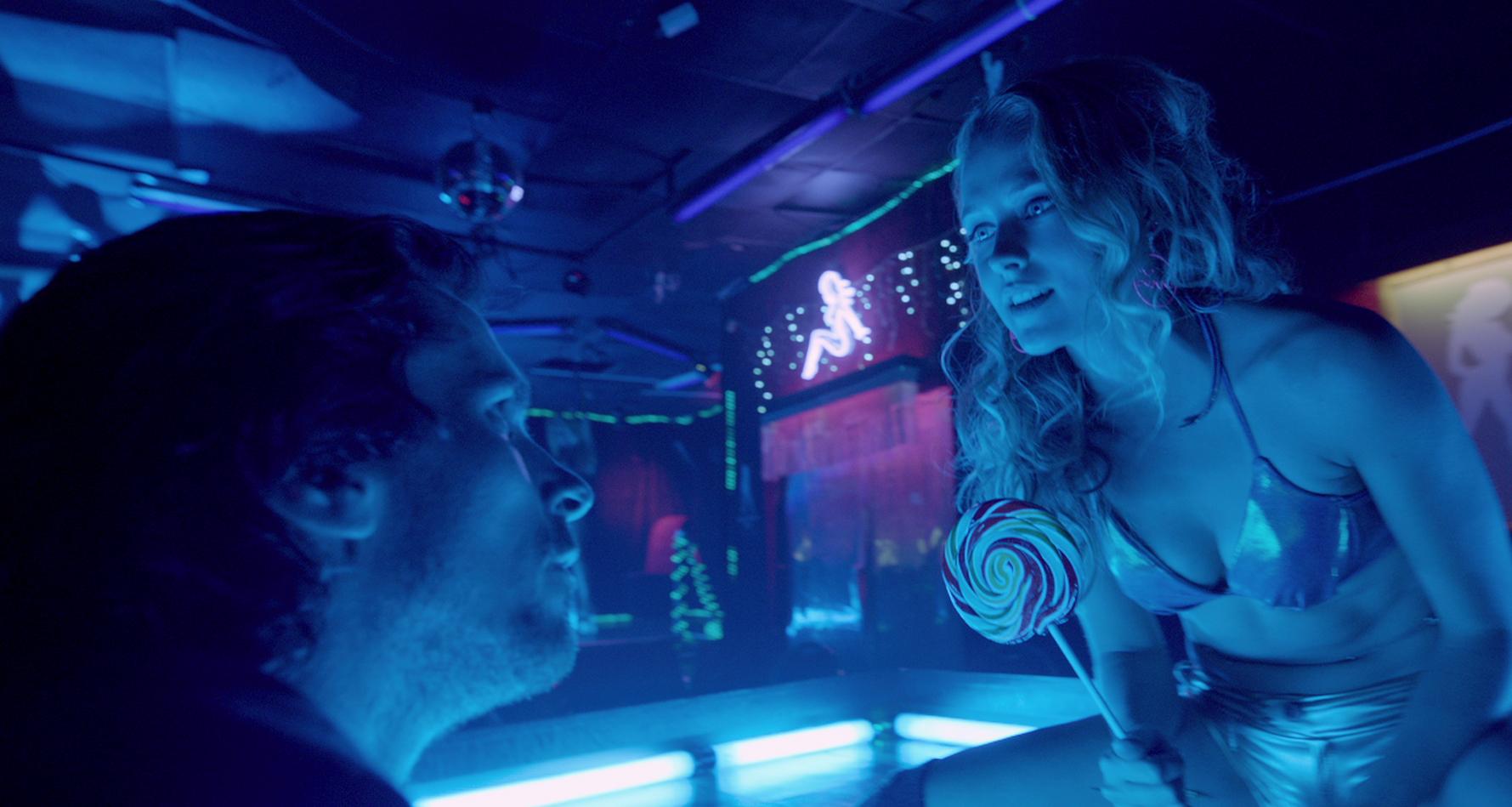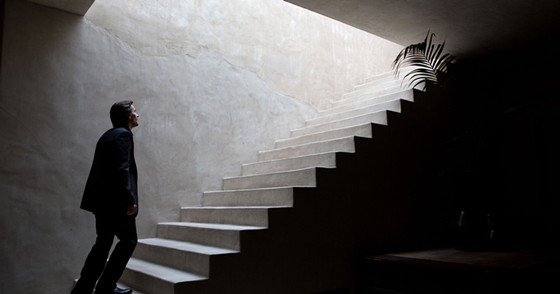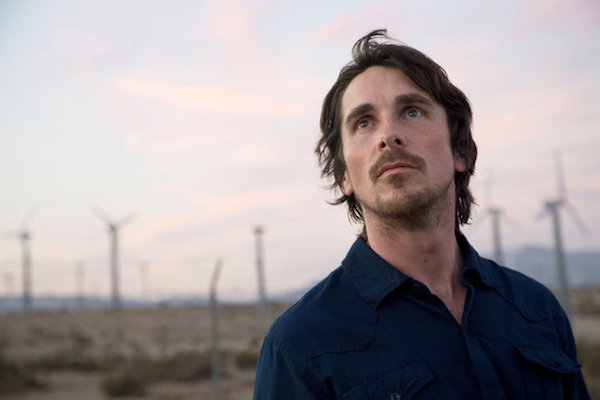5. The Music

Malick has always had a thing for classical music, hymns of all sorts, and composers such as Holst, Wagner, Respighi, Brahms, Tavener; he stuck closely to the Western canon and made some rare incursions into American folk tradition. However, in “Knight of Cups”, he decisively goes East for his musical influences, and also uses pop and electronic music.
Along with Arvo Part and Grieg, ambient artist Biosphere is featured, as well as Burial, and Explosions in The Sky with their post rock cavalcades. The music then pushes to the Pearl and to the East in Kilar’s theme, which has Arabic inflections that bring to mind the dust of the deserts.
The power of the film is also in his syncretic nature, and his fusion of Western spirituality with influxes with Buddhism, Sufi philosophy, and other schools of thought. With all this being said, the moment we hear “The Death of Ase” from “Peer Gynt” by Grieg still surpasses everything in the film.
6. The Ending

Olga Kurylenko running through grey fields to the sound of Wagner’s “Parsifal” overture, and a vision of Mont Saint Michel in blue light as the temple of love built by man, was the ending to the great “To The Wonder”, a sparse and silent cinematic prayer for higher truths and completion of the self. In “Knight of Cups”, the completion happens with the disappearance of the individual, marking it the most cathartic but also the most ambiguous and somewhat disorienting ending to a Malick film.
In “The Tree of Life”, the humans are reunited with the infinity and the glory, and stand on the beach of the Great Sea. In “To The Wonder”, the woman stands at the door of the temple, and all that is left is prayer. However, in “Knight of Cups”, Bale’s character leaves the temple and nothing is seen of the infinite; the vision is incomplete and mysterious.
He disappears into the desert, the camera looks at the sky as we see a couple of bird messengers flying above, and the small and pale moon looking at us with its inscrutable mystery. He has disappeared, but where is this Everything in which he went? What is the kingdom of the transcendent souls? It is like the ending of Sokurov’s “Faust”: Where are you going? Further.”
7. From Nature To The Anthropocene

Malick has been famous for his Spinozan way of looking at nature and finding divinity within it – Deus sive natura – but in “Knight of Cups”, he turns his attention to the world made by men, with stunning results. Instead of corrupting itself, his philosophy becomes more and more clear, just like the hermit philosopher that finally comes down from the mountain and starts predicating among men, his metaphor becoming warmer.
He, along with director of photography Emmanuel Lubezki, can shoot the modernist architecture of Los Angeles like empty white churches; he can make the highway look like a cosmic tree, and a strip club like a shiny, glamorous, psychedelic corner of hell.
He finds the mellow serenity of contemplation in the linear shapes of the museums, in the melancholia and the sorrow of the broken homes, in the sacredness of the buildings that look at the sky, and in the mundaneness of the labyrinthine streets where men swarm around like electrons.
8. Evolution Of The Camerawork

Malick’s camerawork has always been about finding the beauty in the shot, whether it’s a panning shot, the camera sweetly gliding along, or a close-up; it was about caressing objects in the frame and bathing in the natural light of every shot.
His transition into the digital age has been quite slow, but the evolution and variety in “Knight of Cups” is almost astonishing. Malick uses found footage moments, which is unusual (for him); handheld camerawork that gets close to the characters in tight spaces; Dutch angles; some moments echo the analogue poetry of Jonas Mekas in looking at the everyday.
The camera is unquiet; like the soul of the peregrine, it shakes and it trembles. It is a bit like the intimate scenes of “To the Wonder”, but these shots have a simplicity and a casualness that elevate them to a level where the spectator feels like he’s touching the skin of the film.
Author Bio: Gabriele is an Italian film student studying in Scotland. He is an experimental and arthouse cinema enthusiasta and a believer in the crucial importance of freedom of artistic expression.